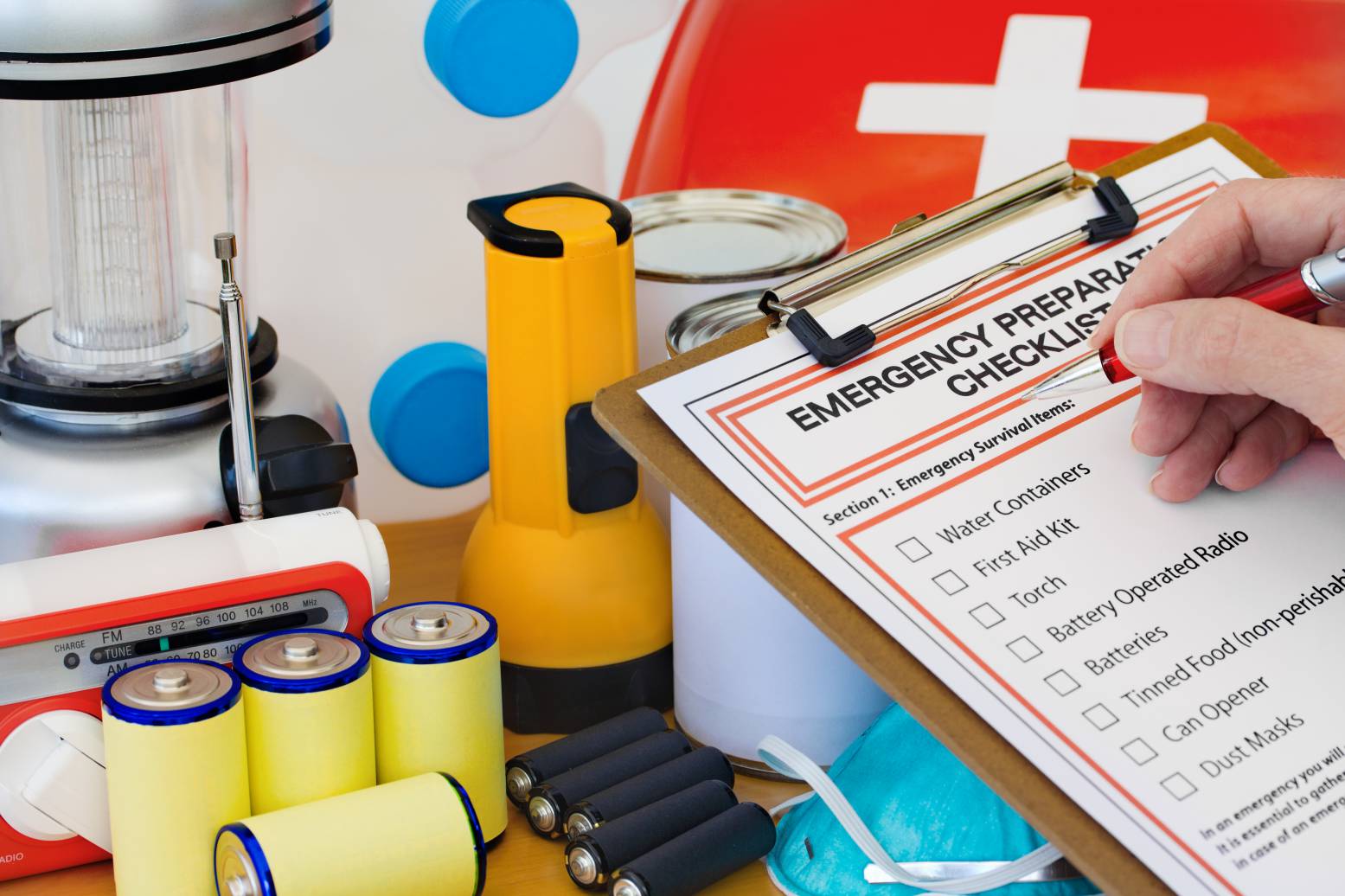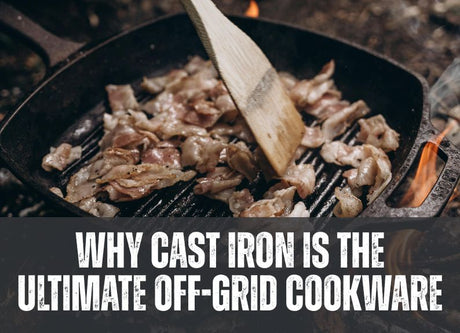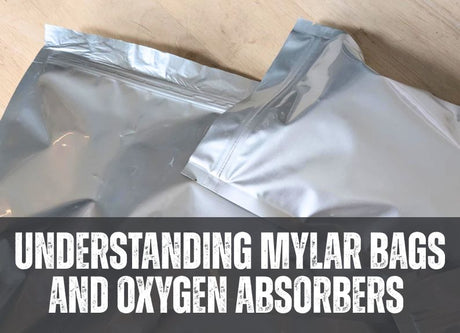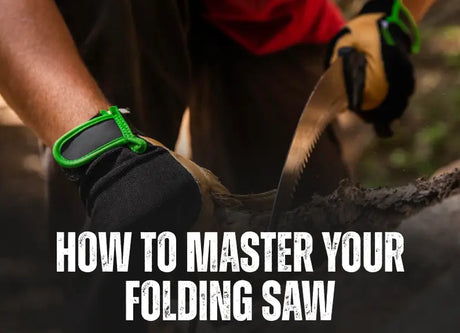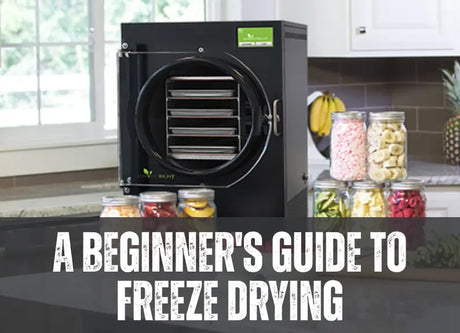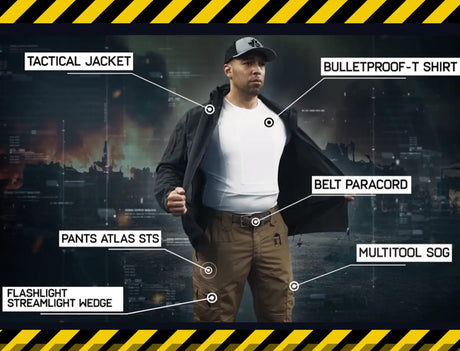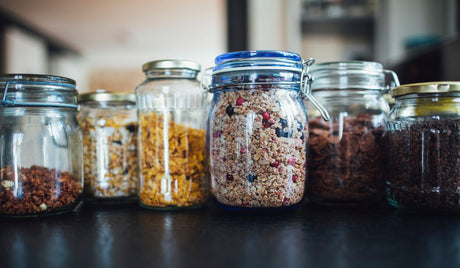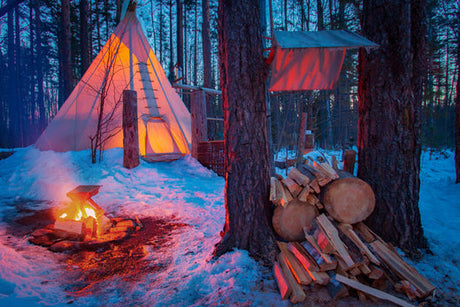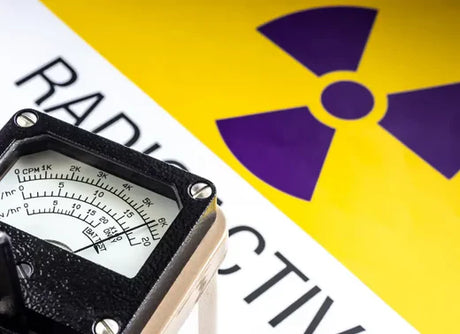Is your family prepared for an emergency? If you’re new to preparedness planning, this is a good place to start. We’re going to break down everything you need to survive in an emergency situation.
Always be prepared to survive for the next 72 hours
A minimum level of preparedness can go a long way. At the very least, your family should be ready to get through a minimum of three days without access to food, water, or electricity. Keeping supplies readily accessible can help you through any emergency, such as flash flooding, fire, grid-down, or tornado.
If disaster strikes, you cannot rely on public services, grocery stores, or emergency services. That is why it is so critical to be prepared. Whether you have to evacuate or shelter-in-place with no power or running water, a 72-hour kit can keep you and your family safe.

What should you include in your emergency kit?
While the world can feel complicated and intricate, at the end of the day, to survive all we need is food, shelter, water, and warmth. These are the basic tenets you should start your kit with.
-
Food
Dried and canned goods have a long shelf life and can ensure you are able to meet your nutritional requirements without access to fresh produce. You can also choose Freeze-dried foods as well as MREs to have on hand in case of an emergency.
-
Easy to prepare food
Peak Refuel Freeze-Dried foods are a great way to get your essential nutrients with very little work. With only boiled water you can have a full meal that is specifically designed to meet your intake needs. From three bean chili mac to heart homestyle chicken and rice. Their shelf life of up to 30 years makes them a no-brainer for your emergency planning.
The XMREs are fully cooked rations that are designed with your body in mind. They require no refrigeration and have a five-year shelf life. These are a great addition to your family’s emergency plan. Their flameless ration heaters are an ingenious and safe way to have a hot meal, no matter what the circumstances.
-
Water
While many of us take access to safe, clean, drinking water for granted, it will be compromised in the event of an emergency. Floods and other natural disasters can damage and overwhelm water treatment facilities, this is why it is critical to have access to clean water.
-
Water Filtration Systems
There are a number of filtration systems that can filter out parasites, dirt, and other dangerous particulates in the water. We have a number of products including the Berkey system, MSR filtration kit, and the Lifestraw. Whether you need filtration on the go or are setting up at home, these systems will protect you from harmful water-borne pathogens. Want to get in-depth water filtration information? Our blog on different ways to filter water is for you.
-
Water storage
Having at least 1 gallon or 4 litres per day, per person is the recommended amount of water you will need. It is imperative that you rotate the water that you store to prevent the development of harmful bacteria. There are a number of great options for water storage, we recommend the one like the WaterBob Emergency Water Storage.
-
Shelter
You can shelter in your home if you are able, but having another option is the best practice. Assess your needs based on your location in the world and the number of people who will be sheltering. If you live in a place that experiences extreme cold, consider purchasing a hot tent and wood stove to protect you and your family from the elements.
It is critical that you develop some basic bushcraft skills. Learning how to build a shelter is a fundamental survival skill that can save your life. If you don’t have access to a tent, structure, or motorhome, a makeshift shelter can keep you protected. Put a tarp and reflective safety blanket in your emergency kit to utilize as extra protection measures.

-
Warmth
The leading cause of death in survival and other emergency situations is often the elements. Exposure is extremely deadly. Warmth should be your top priority for you and your family. You cannot burn a fire in your home unless you have the appropriate ventilation and fireplace or woodstove, so how will you stay warm?

Tips for staying warm in your home in an emergency:
- Move everyone and everything you will need into one bedroom and close the door. Body heat can help keep your family warm in a smaller space.
- Light large pillar candles––in a small space candles can be effective.
- Wool and other animal fibres like down, are an excellent way to insulate you and keep you warm.
-
If you have access to an electric generator, such as the Inergy Flex 1500, you will be able to power a small heater that can keep you and your family protected from the elements.
Being prepared can help you and your family survive anything.
Keep all your supplies in an easy to access location, preferably in a waterproof container or up high to avoid spoilage and damage. Check on your emergency kit yearly to ensure everything continues to be usable, edible, and in good condition. The last thing you want is to think you’re prepared and open your kit to find ruin.

This checklist can help you and your family be prepared for the worst. This is our most basic checklist for anyone who wants to be prepared for a short-term emergency. If you want to learn more about preparing for longer periods of time, read more of our blogs or check out our Youtube channel.
Our 72-hour preparedness checklist:
- Water (1 gallon or 4 L per day/per person)
- 3-day supply of non-perishable food
- Extra clothing/blankets consisting of mostly animal fibres
- Medicine (including any prescriptions such as insulin)
- First-aid kit
- Battery or crank-powered radio
- Plastic sheet and duct tape (for shelter)
- Flashlight and extra batteries
- Candles
- Water-proof matches
- Sanitary supplies, such as toilet paper tabs, soap, and oral care tools
- Small knife, axe, and saw
- Money or bargainable goods
- Personal documents/important information/family heirlooms

